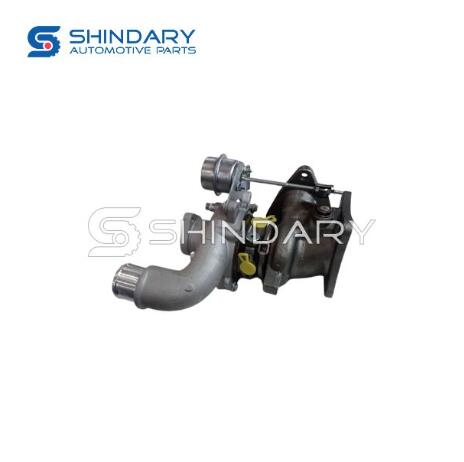Aug. 11, 2023
Automobiles & Motorcycles
The modern automobile is a remarkable fusion of engineering marvels, with the heart of its power lying within the intricate workings of an internal combustion engine. From the gentle hum of a sedan to the roaring power of a sports car, understanding how an auto engine works unveils the symphony of precision, combustion, and mechanics that propels us forward. In this article, we embark on a journey under the hood, exploring the fundamental principles and components that make an auto engine roar to life.
The Basics of Internal Combustion
At its core, an auto engine operates on the principle of internal combustion. This process involves burning a mixture of fuel and air within the engine's cylinders to generate controlled explosions that produce mechanical energy. This energy is harnessed to drive the vehicle's wheels, propelling it forward. The key components that orchestrate this combustion dance are the pistons, cylinders, spark plugs, and fuel injection system.
Cycles of Power: Four-Stroke Process
Most modern auto engines operate on a four-stroke process, also known as the Otto cycle, which comprises four distinct phases: intake, compression, power, and exhaust. Here's how it unfolds:
Intake: During the intake stroke, the piston moves downward, creating a vacuum within the cylinder. The intake valve opens, allowing a mixture of fuel and air to be drawn into the cylinder.

Compression: As the intake valve closes, the piston begins its upward journey, compressing the fuel-air mixture. This compression raises the temperature and pressure within the cylinder, setting the stage for combustion.
Power: At the peak of compression, a spark plug generates a spark that ignites the highly compressed fuel-air mixture. This ignition triggers a controlled explosion, driving the piston forcefully downward. The energy released is transferred through the piston and connecting rod to the crankshaft, converting it into rotational motion.
Exhaust: With the power stroke complete, the exhaust valve opens, and the piston ascends once more. This upward movement pushes the burnt gases out of the cylinder and into the exhaust system, preparing the cylinder for the next intake stroke.
Components of Power
Several vital components work in harmony to ensure the auto engine's proper function:
Cylinders and Pistons: The engine houses a set of cylindrical chambers called cylinders. Pistons move up and down within these cylinders, converting the pressure from combustion into mechanical motion.
Crankshaft: Connected to the pistons via connecting rods, the crankshaft converts the linear motion of the pistons into rotary motion. This rotation drives the vehicle's wheels through the transmission system.
Camshaft: The camshaft is responsible for opening and closing the engine's valves at specific intervals, coordinating the intake and exhaust processes with piston movement.
Valves: Valves control the flow of fuel-air mixture into the cylinders (intake valve) and the expulsion of exhaust gases (exhaust valve) after combustion.
Spark Plugs: Spark plugs generate a high-voltage spark to ignite the fuel-air mixture within the cylinder during the power stroke.
Conclusion
The inner workings of an auto engine system are a testament to human ingenuity and scientific understanding, producing the power that propels us on our daily journeys. The rhythmic dance of pistons, the precise orchestration of valves, and the controlled bursts of combustion create a symphony of mechanical energy that transforms into the exhilarating experience of driving. As technology advances and environmental concerns evolve, auto engines continue to undergo refinement, aiming for greater efficiency, reduced emissions, and enhanced performance.
Previous: Replacing a Cylinder Head
If you are interested in sending in a Guest Blogger Submission,welcome to write for us!
All Comments ( 0 )